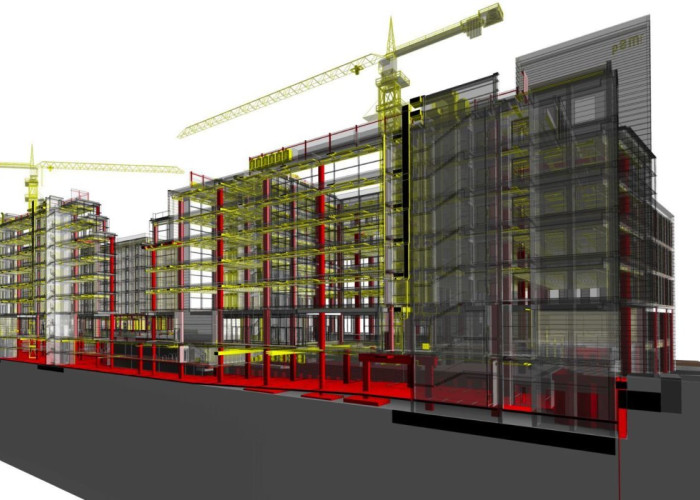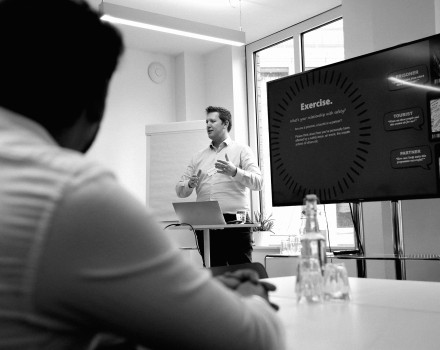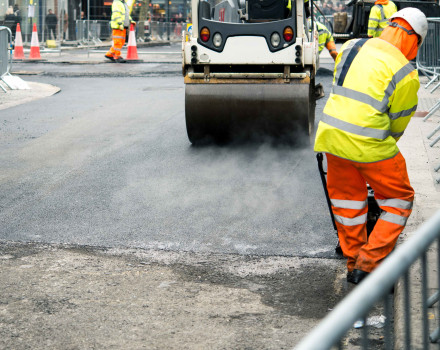This 3D Building Information Management (BIM) component visually identifies and details risks within the design model.
The Risk Cube was born out of a need identified by the BakerHicks BIM and CDM teams to more closely align their CDM Regulation 9 Risk Register outputs with the new PAS 1192-6 standard. Brought in last year, PAS 1192-6 provides the first BIM specific guidelines for the collaborative sharing of H&S information.
Crucially, the Risk Cube removes the need to update multiple documents. All the H&S information for each risk is contained within its relevant cube in the central model, which is then automatically replicated on any drawing or register linked to the model. This removes the risk of information being out of sync across different documents, allowing designers to be confident that the same information inserted into the model will be extracted for issue.

The Risk Cubes are embedded within the 3D BIM model, allowing BakerHicks’ designers to populate H&S information at the precise location where the risk is identified. The information within the cubes can then be extracted from the model in a variety of formats, including within risk registers, 2D drawings, 3D views and in a Virtual Reality (VR) environment. This gives the user the ability to view the information in a way that suits them, ensuring every risk has been highlighted and understood by all parties.
The ability to directly export the information contained within the Risk Cubes into a VR environment means it can be presented to clients and stakeholders in a clear and easy to understand manner. This immersive technology allows the user to visualise, interact with, and review all risks in-situ, giving them a better understanding of the risk and how it could potentially affect the facility’s end use or construction.
We realise the importance of H&S information and are passionate about sharing it in the most effective way possible. We’ve already trialled the Risk Cube on two of our projects in Scotland with great success and believe that it’s a true step change in how essential risk information is collated, presented and shared throughout a project’s lifecycle.
The Risk Cube is designed to be a more effective means of communication. It informs contractors’ method statements and risk assessments, and provides key risk information via the drawings and specifications actually used by those carrying out the work on site. For clients and end users, it also provides information specific to ongoing maintenance tasks, enabling safer and more effective facilities management.
The Risk Cube is capable of working across multiple software platforms, including Revit and Navisworks.







